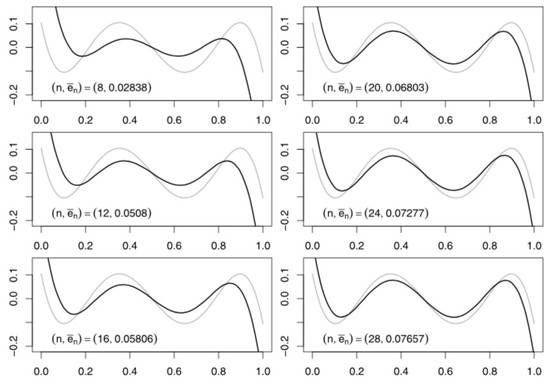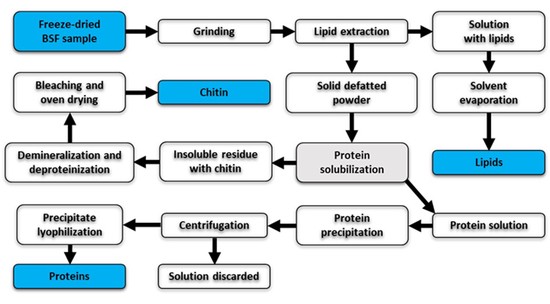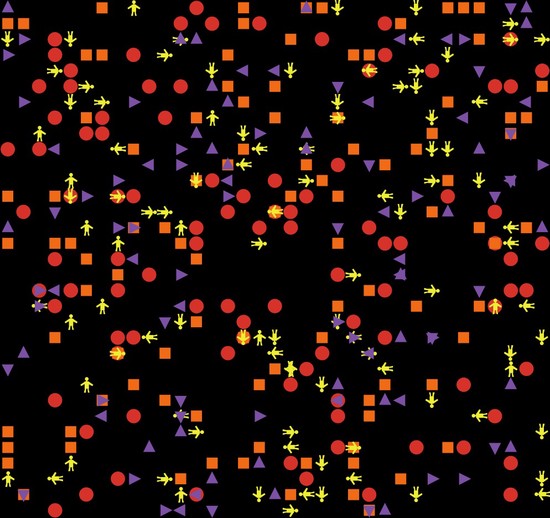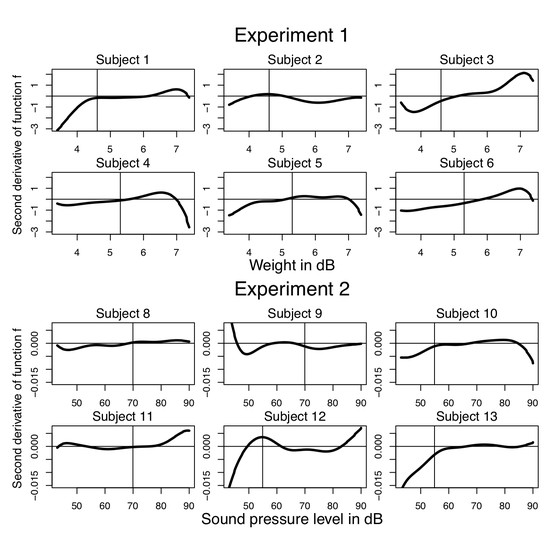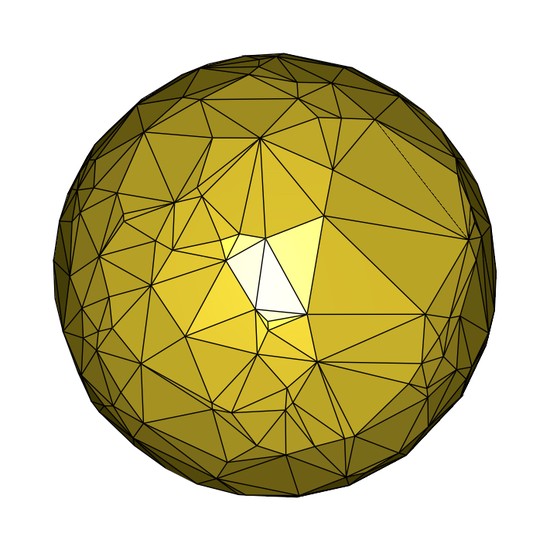The unsustainable use and disposal of plastics is causing persistent and widespread environmental contamination. In particular, the pervasiveness of microplastics (MPs) in wastewater has become a major environmental issue in aquatic ecosystems and may cause adverse health effects for humans and other living organisms. The present paper presents the socio-economic framework included, in parallel with the technical and technological research path, in the Protein from Plastic (ProPla) project, granted by Fondazione Cariplo. Within the above scenario, ProPla aims at developing an innovative biotechnological application to recover PET microplastics (microPET) from wastewater and exploit the power of protein engineering and system biology approaches to generate a novel bacterial strain able to convert microPET into amino acids, that can be used in many industries (food, cosmetics, etc.) in a circular bioeconomy perspective. The socio-economy framework includes both a patent landscape analysis (PLA) and a socio-economic assessment, aiming to highlight the system of values and the economic opportunities embodied in the process. The PLA had a crucial importance to map the main technological trends related to the ProPla process, highlighting opportunities with significant potential economic return for the isolation of MPs from water, their characterization and the set-up of a novel E.coli strain for the conversion of PET into amino acids. The socio-economic assessment aimed at underlining the multiple direct and indirect values arising from the project outcomes and products. The issue of the economic feasibility of microPET conversion into value-added products has been highlighted, together with the evidence of the potential social and economic benefits coming from the valorisation of microPET by way of a bio-based conversion process. Finally, an analysis has been developed to emphasize the contribute of the overall project results in the achievement of SDGs, at a public level, and of ESG, at a firm level.
